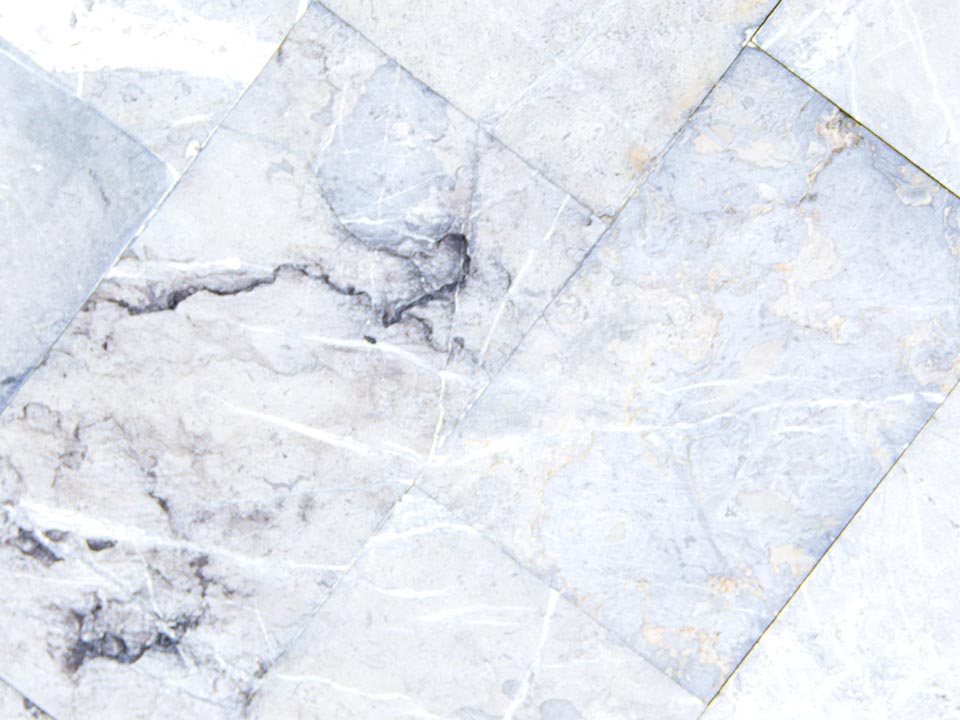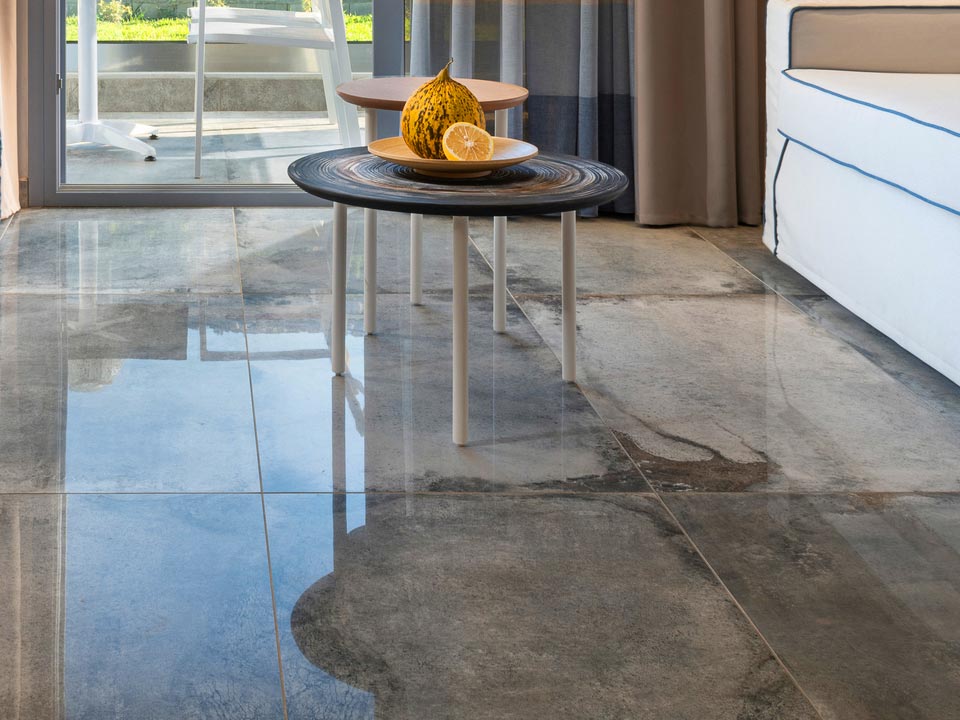Marble, Travertine, Terrazzo Cleaning and Polishing
Stone is a beautiful in your home or office; however, regular maintenance is required for upkeep. All stones, whether marble, travertine, granite, limestone, or sandstone, have advantages and disadvantages regarding maintenance. Many people are not promptly informed of how to care for their stone. In our service, we give our clients the knowledge to properly care for their floors and countertops. We offer full service stone restoration to include: polishing, honing, grinding (re-leveling), stripping, sealing, stain removal, repair, and cleaning.
Diamond Polishing for Natural Stone
The deep shine adored on natural stone is achieved by polishing with a series of abrasives. The series begins with a more coarse abrasive and progressively leads to a very fine abrasive. When the series is complete, scratches are microscopic and the stone exhibits high reflectivity. The best abrasive to use is diamond because of the unique degree of hardness. The techniques employed to accomplish such a high degree of smoothness requires special knowledge and training. Technicians at any reputable company should conduct a test spot and plan prior to undertaking any polishing job.
How to Care for Your Marble and Natural Stone
Natural stone has been used as flooring material since the Greeks and Romans.
The two civilizations maintained their flooring by removing dry soil with the occasional application of water. Interestingly enough, a few fundamentals remain from thousands of years ago, such as simply removing abrasives that cause etching. The most common abrasive is sand. The best preventive measure is to emplace mats or area rugs inside and outside entrances. The measure will help to minimize the sand, dirt, and grit that can scratch stone floor. Be sure that the underside of the mat or rug is a non-slip surface. Studies reveal, under normal conditions it will take a person approximately eight steps on a hard surface to remove sand or dirt from the bottom of shoes.
Do’s and Do Not’s for care and cleaning of marble and natural stone:
Cleaning Stone
Different cleaning options are available for stone. Cleaning products and procedure will vary based on stone type and character. Our experience enables us to solve soiling challenges second-to-none. Pictured is unfilled travertine that was heavily soiled. Notice the Stopping Point of the Cleaning Tool.



